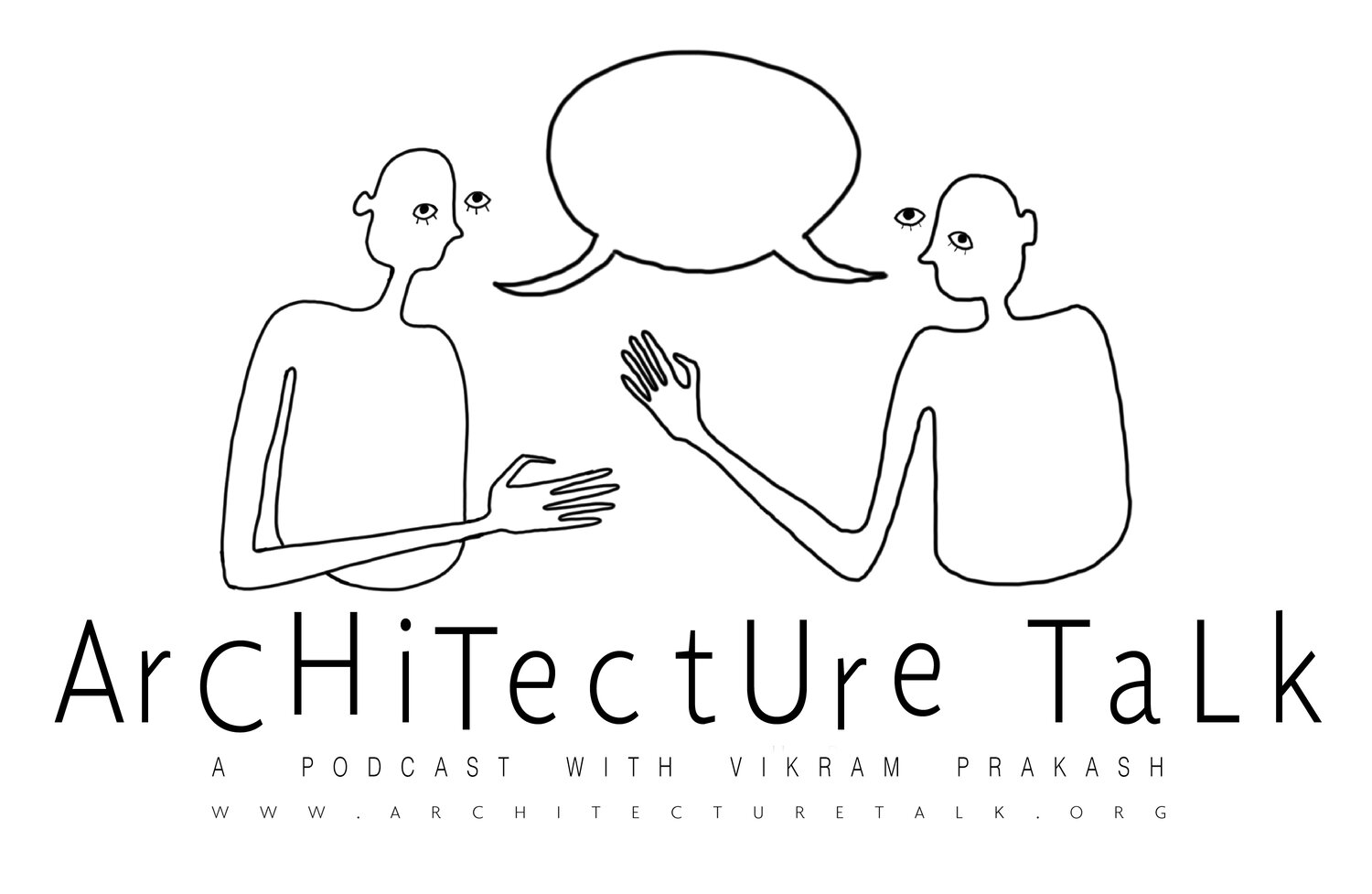150. Before and After Our Wars with Eliyahu Keller
Original Drawing by Tori Haynes
Today we are joined by Eliyahu Keller who shares with us the relationship between war, war technology, architectural thinking, the climate crisis, the post-COVID era, and the crisis of imagination.
Timestamp Outline
2:12 The Architect’s Newspaper: The visions for NEOM, Saudi Arabia’s linear megacity in the desert, reveal contemporary shortcomings more than a future utopia - Eliyahu Keller
2:42 Discussion about After the Flood: Water, Climate Crisis, and Architectural Imagination - Eliyahu Keller and Kelly Leilani Main and what Keller’s position is in terms of imagination and the climate crisis today.
4:07 No Apocalypse, Not Now (Full Speed Ahead, Seven Missiles, Seven Missives) - Jacques Derrida, Catherine Porter, and Philip Lewis
“There is no such thing as being an expert on matters of nuclear war because nuclear war never happened…. The people that need to work on this are humanity scholars” and that this is just like climate change.
6:57 “What if we stopped thinking about solutions in the traditional sense? What if we started using architectural imagination to NOT think about how to prevent the flood but imagine the world after the flood?” EK
8:13 Discussion about calling for a new cultural imagination: “is that the job of better reading and accepting errors that we produce and the justifications we produce that result in the climate crisis? Are you producing a template to ‘read’?” VP
The proposal of a different cultural framework where the techno-fix and solution operate - EK
10:31 How did writing about this rethink your COVID experience? What would you have like to see differently now that we’re in the post-covid era?
Discussion about the beginning of COVID and how COVID changed over time (how COVID was an interesting spatial change, the change in urban space, purchasing habits, driving habits, etc.)
13:33 The question of imagination, the short-term and long-term memory
“What we choose to remember, what we choose to forget, and what we choose to call normal” VP and EK
14:59 War vs. natural threats
“The thought of the apocalypse was invented in the 1950s, but got a different flavor where suddenly it was people who held this tool to bring everything to an end and not a divine authority” EK
17:22 “There are no natural disasters. All disasters are social disasters” Apocalypse - Junot Diaz
18:49 Discussion about the position of nature having its way with us and the paradox that we are masters of nature or capable of mastering nature and able to abuse and use it for ourselves versus nature being too great for us to understand.
“Now I am death, the destroyer of words” Oppenheimer
20:53 Thoughts on the discourse of planetarity. Is there room to say the climate crisis is earth fighting back and responding to our actions and something we should be differential to?
The comfort of everything surrounding us alive.
24:00 Discussion about the bomb and the source of EK’s fascination.
“Architecture and Landscape Before and After the Water Gates” Seminar
Crossroads – Bruce Conner
“There was something interesting in this duality of beautiful and terrible, destruction and construction, especially when it comes to architecture” EK
Fascination with apocalyptic fiction and seeing if and how architecture relates to that
29:18 Hiroshima Itsukushima Shrine
30:25 What is your position on Newman’s Underground City? Why did you look at that? What is your position(s) on that?
The empire state building collaged against the cauliflower cloud in Operation Crossroads: The Official Pictorial Record
“It requires little study to appreciate catastrophic destruction”
Countdown for Small Towns – Oscar Newman
Eisenhower’s Atoms for Peace initiative to use not only nuclear energy for peaceful purposes, but to also use nuclear bombs
37:48 Are you critical of all technology-based mega projects, or are you critical of these kind of war technologies re-purposed or re-presented as architecture projects?
Dome over New York City – Buckminster Fuller
“One is a protective dome, and the other disregards the threat” EK
“The intriguing similarity in the two that they are designed for protection or survival against pollution, nuclear weapons, degrading ecology, or population explosion. They bring people together in a compact space” EK
42:46 What are your thoughts about the Underground Berlin - Lebbeus Woods project?
Discussion about Lebbeus Woods, Woods growing up with his father who worked on the Manhattan project, and his presenting and work that has a difficult relationship with war in his Sarajevo window
49:04 “Architecture is violent. It’s impossible to create an architectural project without creating a disturbance” EK
Hiding in Plain Sight – Eliyahu Keller
Progress or Utopia; Or, Can We Imagine the Future? – Fredric Jameson
52:15 The difference between NEOM as a diagnostic device to tell a lot about ourselves and as a proposal to fix urban development. What would it diagnose?







